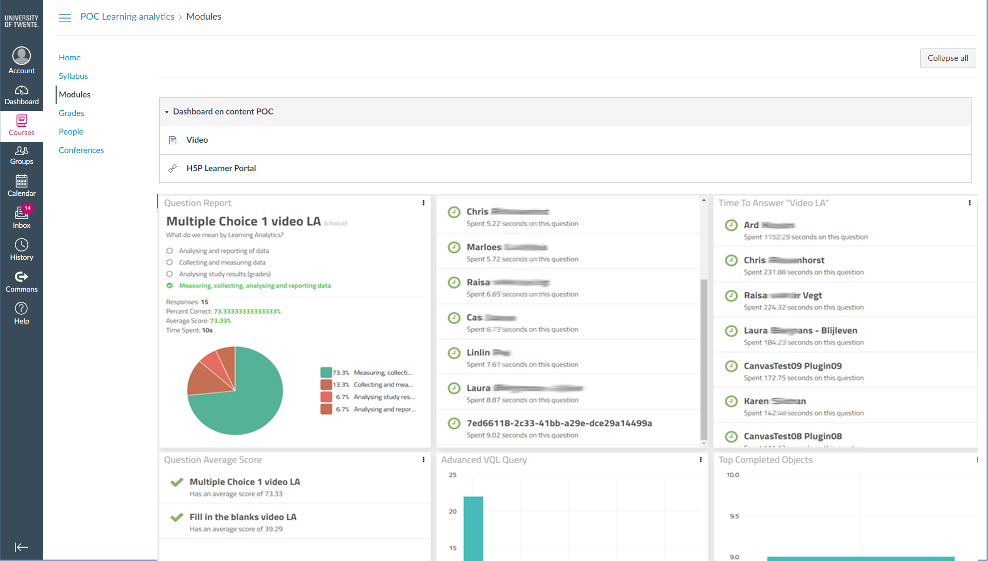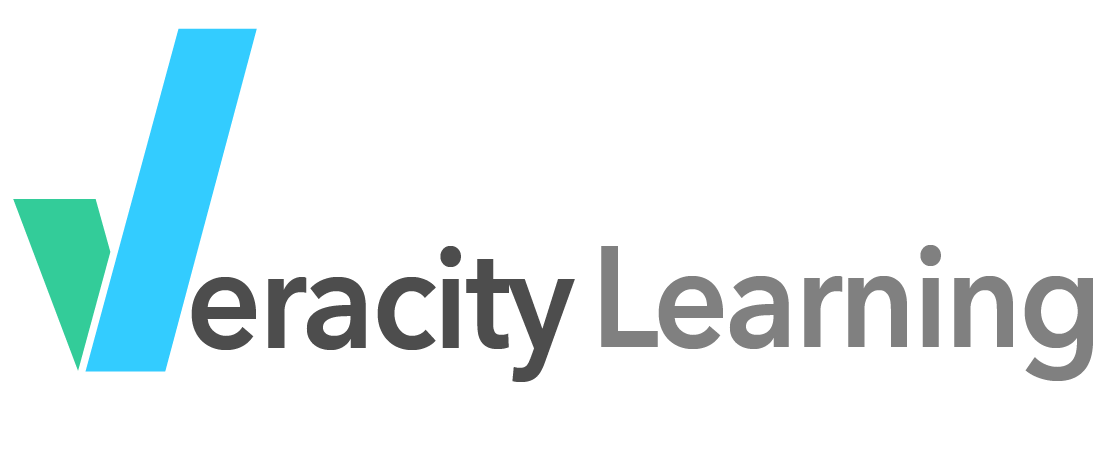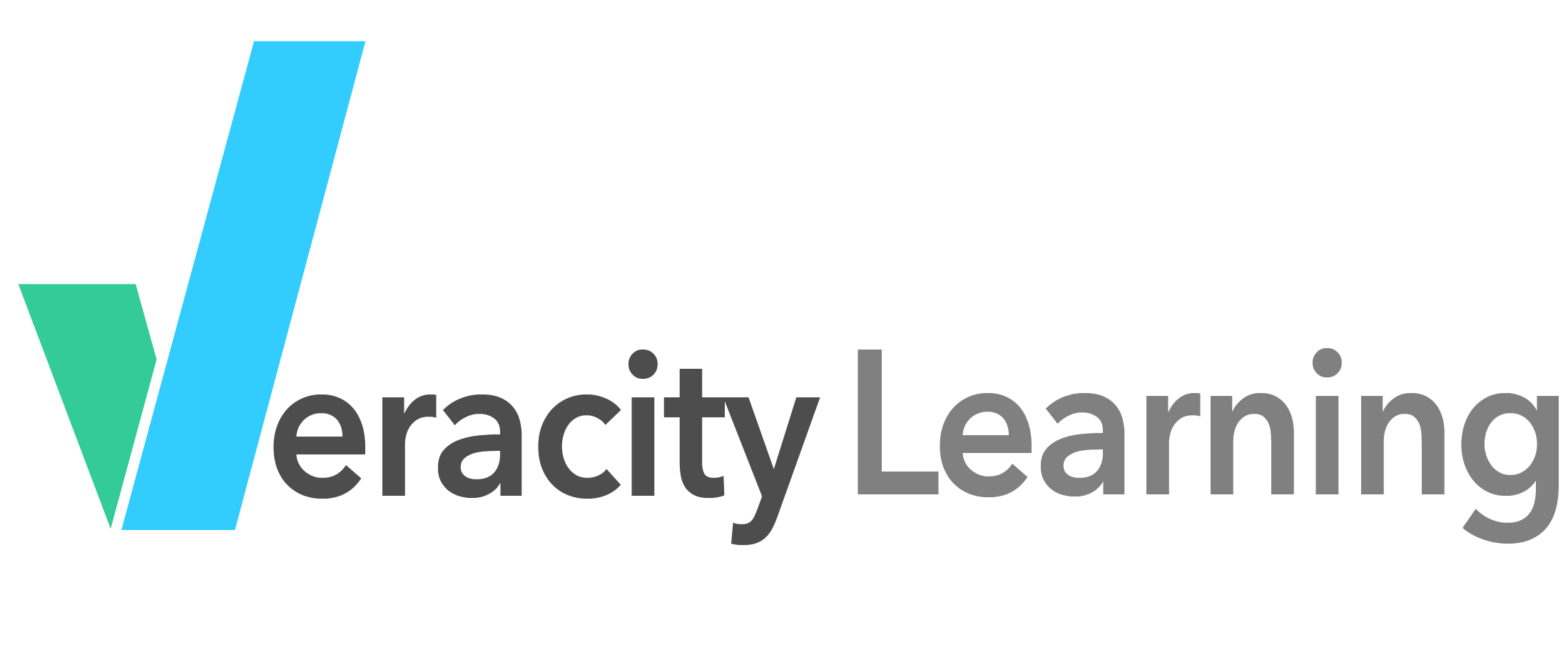Business Objectives
The University of Twente's vision and policies draw specific attention to personalized learning and learner-focused solutions as a top priority. The University of Twente established the business need to develop an Early Warning System (EWS), an early dropout detection strategy based on learning analytics and supporting dashboards. Before the final development of an EWS, the implementation and integration of learning analytics within the LMS was identified as a requirement. Therefore, the University of Twente established the following objectives in support of their learning analytics business needs:
1. Determine what insights can be offered to the student through learning analytics within the learning process.
2. Identify support / interventions the University of Twente can offer the student based on the insights.
3. Investigate whether the University of Twente can implement a GDPR compliant learning analytics system.
4. Identify which learning record provider (LRP) data sources can be used for learning analytics and how they can be captured and analyzed.
Approach
The University of Twente learning analytics implementation plan was focused on integrating xAPI and an LRS into the program so that students could know whether they are performing below, at or above expected levels during the learning process. To meet this requirement, the program was designed to collect data on the students during several types of interactions during the learning process with the systems and tools used. To track interactions at this level of detail, the tools were all instrumented with xAPI and then the results were sent to the Veracity Learning LRS, where the learning process could be analyzed. The LRS was used to store all xAPI data and create dashboards in support of the University of Twente’s aforementioned business needs.
Outcome
As a result of implementing learning analytics and dashboards, the University of Twente was able to enable an early dropout detection capability that positively impacts students and provides a new intervention tool for teachers. This was a major achievement so there’s going to be additional interest in using learning analytics to create more interventions and provide additional insights into improving the learning process and outcomes. The full implementation of learning analytics, associated tools and infrastructure will be created and deployed across the entire education environment of the University of Twente.
The Solution
The learning content was built with Canvas, H5P, and DominKnow. All the content was instrumented with the xAPI standard as part of the data collection strategy. The complete learning experience was accessed and launched by students via the Canvas LMS. The following events describe how the solution was sequenced and delivered to the students:LMS Integration
• Students followed learning recommendations in the Canvas LMS to access their content
• Data was collected by using xAPI while accessing the content
• The xAPI Data was stored in the Veracity Learning LRS
• The xAPI data was used to build learner and teacher dashboards in the LRS
• The dashboards were then integrated and embedded in the Canvas LMS interface by using LTI


